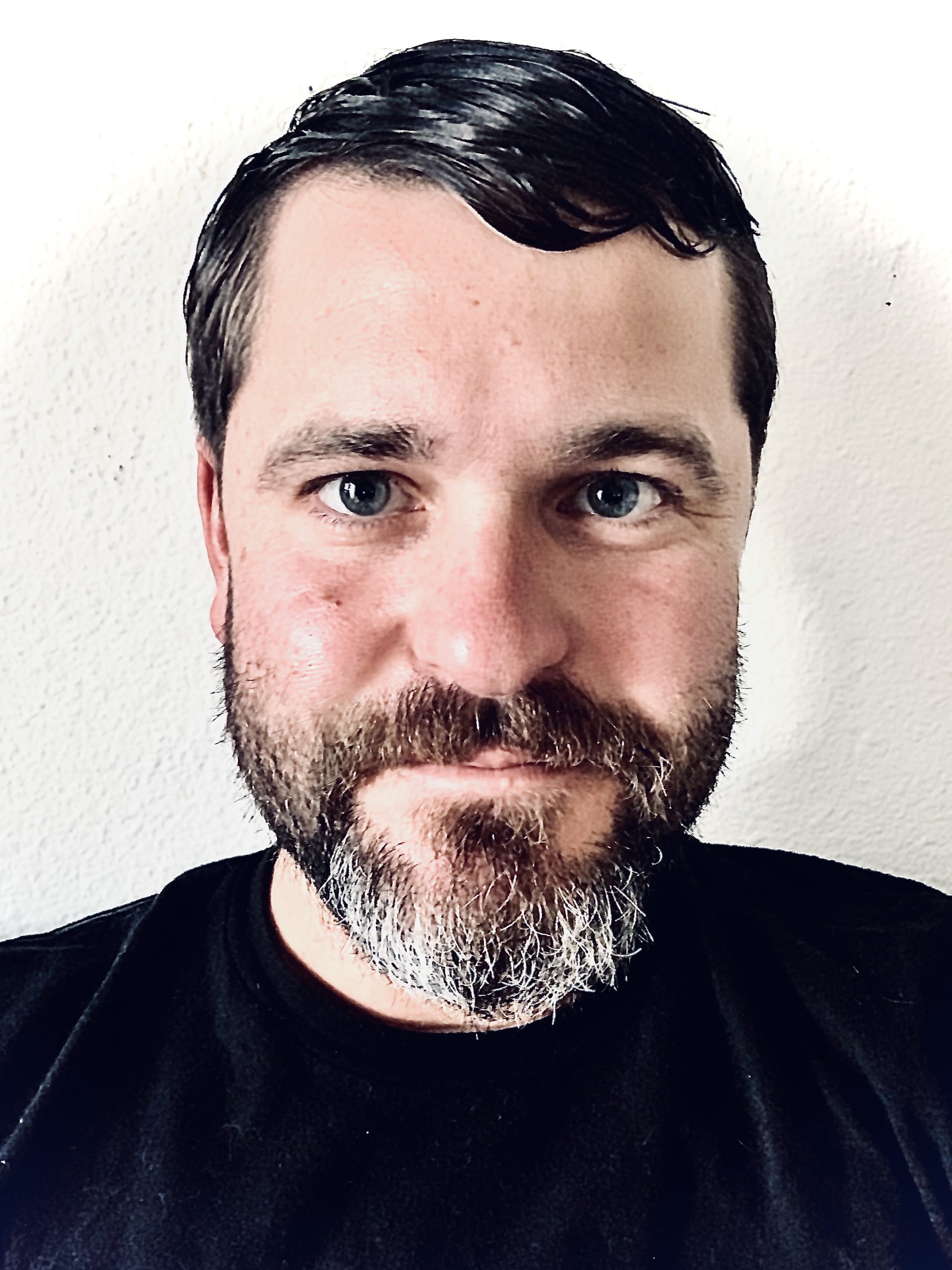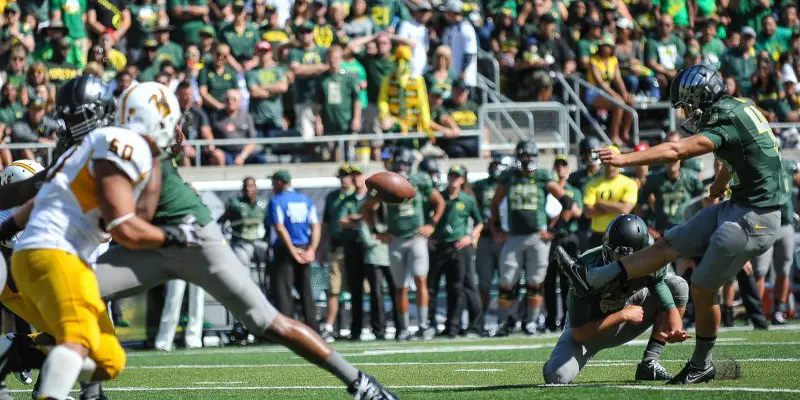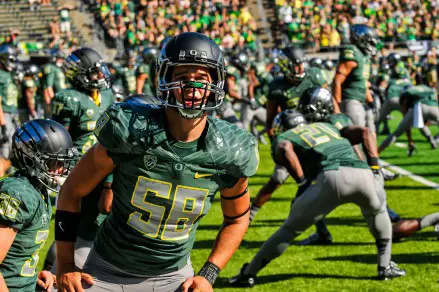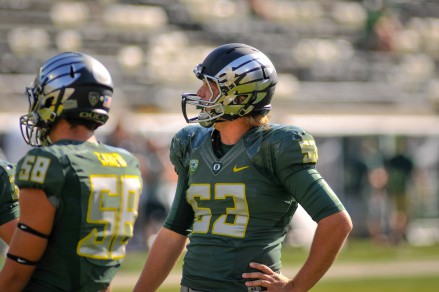Oregon doesn’t use its long snappers — true freshman Tanner Carew and redshirt freshman Connor Johnson — as much as other teams in college football use theirs. The long snapper is a specialist center, a hired cannon that is accepted as its own skill position within special teams. It is a job that requires repetition above anything else, and dedication of countless hours to develop muscle memory, form, and technique. For long snappers, it is about taking pride in anonymity, being the unknown and often unrecognized contributors to their teams.
Oregon’s ”appreciation” of its long snappers is an understatement after graduating longtime long snappers Jeff Palmer and Drew Howell. But the vacancy has been more than adequately filled. Carew is a U.S. Army All-American and snaps the ball to the punter like a laser in just under 3/4 of a second. Johnson was the special team’s Player of the Year in high school, making the Los Angeles Daily News‘ all-star team.
While receivers can drop the occasional pass or a quarterback might make a questionable or errant throw, a long snapper isn’t blessed with the gift of second chances. If a snap is misplaced or off the mark, everyone in the stadium feels it, and a couple of bad snaps can mean losing your job. It’s the one thing that fans of the game often take for granted and unknowingly demand perfect execution every time. Chris Rubio, a nationally recognized long snapping coach, compares one of football’s most difficult tasks to brain surgery.
“A coach once told me that long snapping is like brain surgery. As long as everything goes right, you’re good. You mess up one time, you’re dead,” Rubio told the New York Times.
Both Carew and Johnson have attended Rubio’s Nike sponsored summer camps and have been praised by the special teams wizard for their long snapping abilities.
While long snappers must anchor the line with their size, they are slightly faster and more agile than a traditional, every-down center, combining the balance of a gymnast with the build and power of an offensive lineman. A good long snapper is also flexible, able to reach his hands completely through his legs as he finishes the snap.
A perfect long snap comes from a stable form with feet parallel and facing the football. The back is flat and parallel to the ground, weight shifted onto the balls of the feet. Proper balance is key, as too much weight in either direction will cause one to lose footing after the ball is snapped. Aim is taken at an imaginary target halfway between the ball and the punter. Both hands are placed on the football, with the dominant hand gripping the laces similar to a quarterback’s grip when throwing the ball. The other hand acts as the guide, with the “axis” between the index and middle fingers. The long snapper focuses only on the imaginary target, chucking a perfect spiral with his arms fully extended and fingers pointing towards the punter.
Now go ahead, give it your best shot. A typical practice day for an NFL long snapper will include up to 200 snaps, a routine that ensures long snappers maintain a sharp edge regardless of actual game time scenarios.
According to NCAA statistics, Oregon has logged 39 punts this season for 1,523 yards while forcing its opponents to punt 61 times. Thanks to Marcus Mariota and his supporting cast of skilled playmakers, the special teams unit usually takes the field only when capping off a touchdown. The Ducks will seek to continue that trend in the upcoming Rose Bowl game against Florida State. Should a special teams scenario occur, take a deep breath, give thanks, and know that the Oregon long ball is in good hands.
Top photo by Kevin Cline

Jordan is a lifelong Duck fan currently living in San Diego. Jordan graduated from The Evergreen State College in Olympia, Washington, after serving a prestigious fellowship with the Washington State House of Representatives. Upon graduation, he worked as an English language teaching assistant for the Spanish Ministry of Education’s Ambassadorial Program in Monforte de Lemos, Spain. Jordan has worked as a journalist, writer, and editor in Oregon, Washington, Montana, and California, covering a wide range of topics, including sports, local politics, and crime. He is VERY excited to be writing about his beloved Oregon Ducks.



